Table of Contents
Scrolling through social media lately, you've probably seen it everywhere: the butterfly cut hair style. It’s the look that promises volume and movement without sacrificing length, a bit of a magic trick in the hair world. Maybe you're seeing these airy, face-framing layers and wondering if your hair could do that, or perhaps you tried a layered look before and ended up with something less "fluttery" and more "sad bird." You're not alone. This cut isn't just a fleeting trend; it's a modern take on classic layering techniques that actually works for a lot of people.
Understanding the Butterfly Cut Hair Style
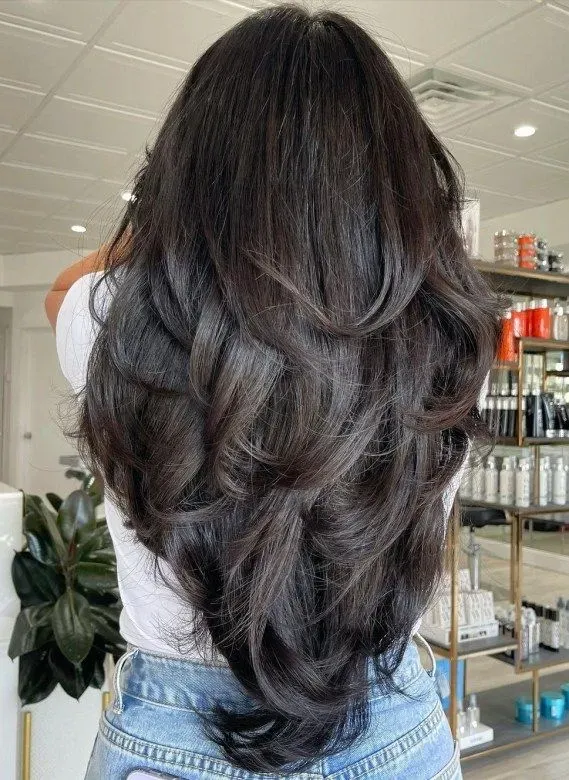
Understanding the Butterfly Cut Hair Style
What Makes a Butterfly Cut Flutter?
Let's cut through the social media hype for a second. The butterfly cut hair style is essentially a masterclass in strategic layering. Think of it as getting two haircuts in one, but without the awkward transition phase. It involves cutting shorter, face-framing layers around the crown and front that are designed to blend seamlessly into longer layers throughout the back. The whole point is to create the illusion of significant volume and movement, particularly around the face and shoulders, while keeping most of your length intact.
Unlike some choppy layered cuts from the past that could leave you looking a bit mullet-curious, the butterfly cut focuses on soft, flowing layers. The shortest pieces often hit around the chin or collarbone, acting like wings (hence the name, perhaps?) that frame your face and add bounce. These shorter layers are meant to look like you have shorter hair when styled forward, but disappear into the longer length when pulled back. It's a clever bit of hair engineering, giving you versatility.
The Technique Behind the Volume
Achieving the signature floaty look of the butterfly cut requires a specific approach. Stylists typically section the hair into two main parts: the front, which includes the face-framing pieces, and the back, which holds the bulk of the length. The front section gets the most dramatic layering, often cut using techniques that encourage lift and softness around the face. These layers are then carefully blended into the back section's longer layers.
The magic is in that blend. A good butterfly cut hair style avoids harsh lines or obvious steps between layers. The goal is movement and airiness, making the hair feel lighter and appear fuller. It’s a cut that relies heavily on the stylist's eye for detail and understanding of how your specific hair texture will fall. It’s not just hacking away; it’s sculpting air into your hair.
- Face-Framing Layers: Shorter pieces concentrated around the front and crown.
- Seamless Blend: Layers transition smoothly from short to long.
- Length Retention: Majority of the hair's length is preserved.
- Volume Focus: Designed to add significant lift and body.
- Versatility: Creates the illusion of shorter hair when desired.
Why the Butterfly Cut is Everywhere Right Now
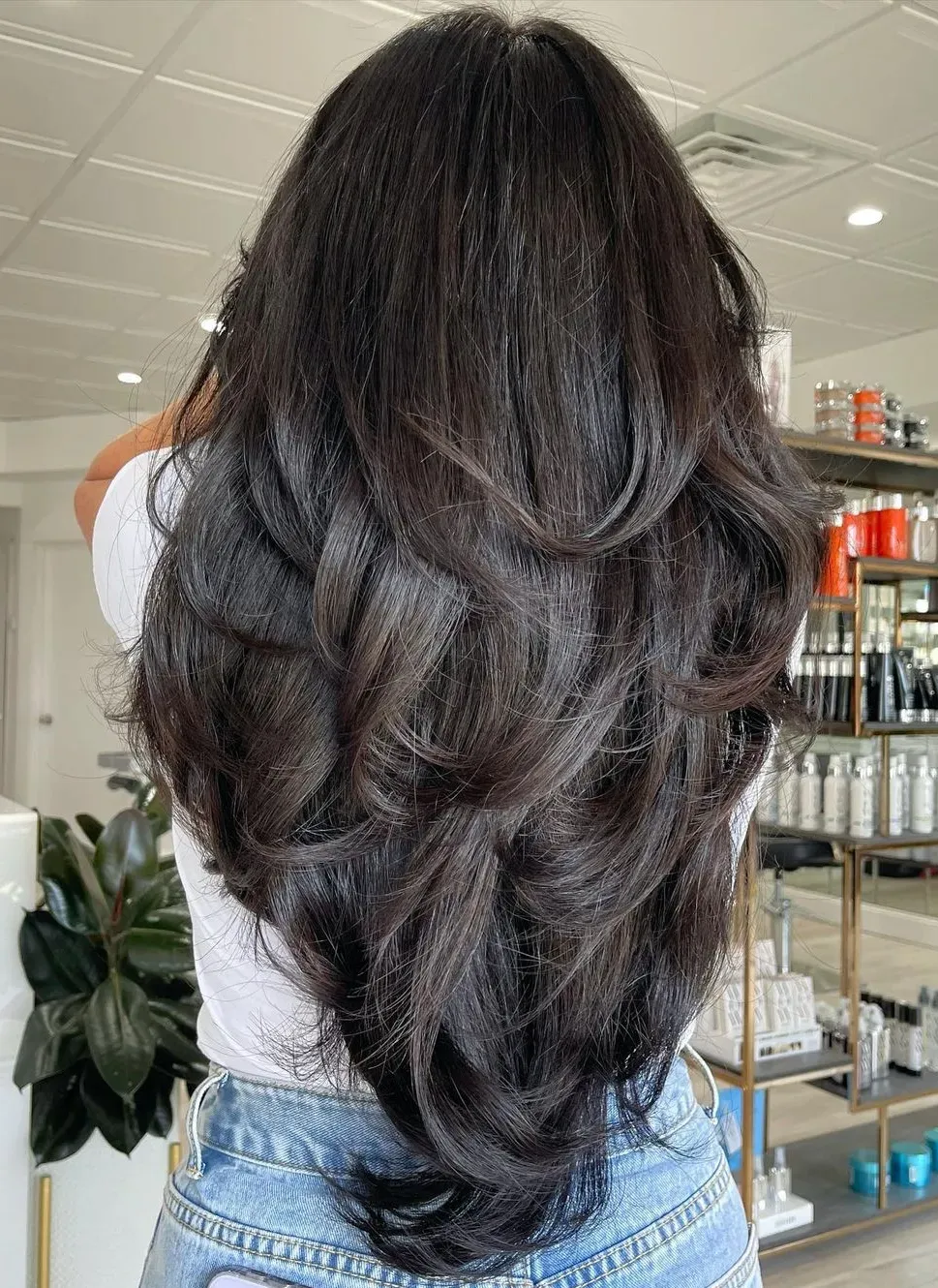
Why the Butterfly Cut is Everywhere Right Now
So, why is the butterfly cut hair style suddenly dominating your feed? It’s not just random chance. This cut hit at the perfect time, offering a solution to a few common hair woes. People wanted volume and movement, but they also wanted to keep their length. The shag had its moment, the blunt cut had its moment, and now this cut provides a softer, more blended alternative that still delivers that sought-after bounce. It’s forgiving for various textures and lengths, unlike some cuts that only look good on specific hair types. Plus, it styles well whether you're air-drying or going full glam with a blowout. It feels fresh but familiar, nodding to those iconic layered looks of the 70s and 90s without feeling dated.
- It offers volume without losing length.
- It works on many different hair types.
- It’s versatile for various styling methods.
- It blends retro vibes with a modern feel.
Finding the Right Butterfly Cut Variation for You
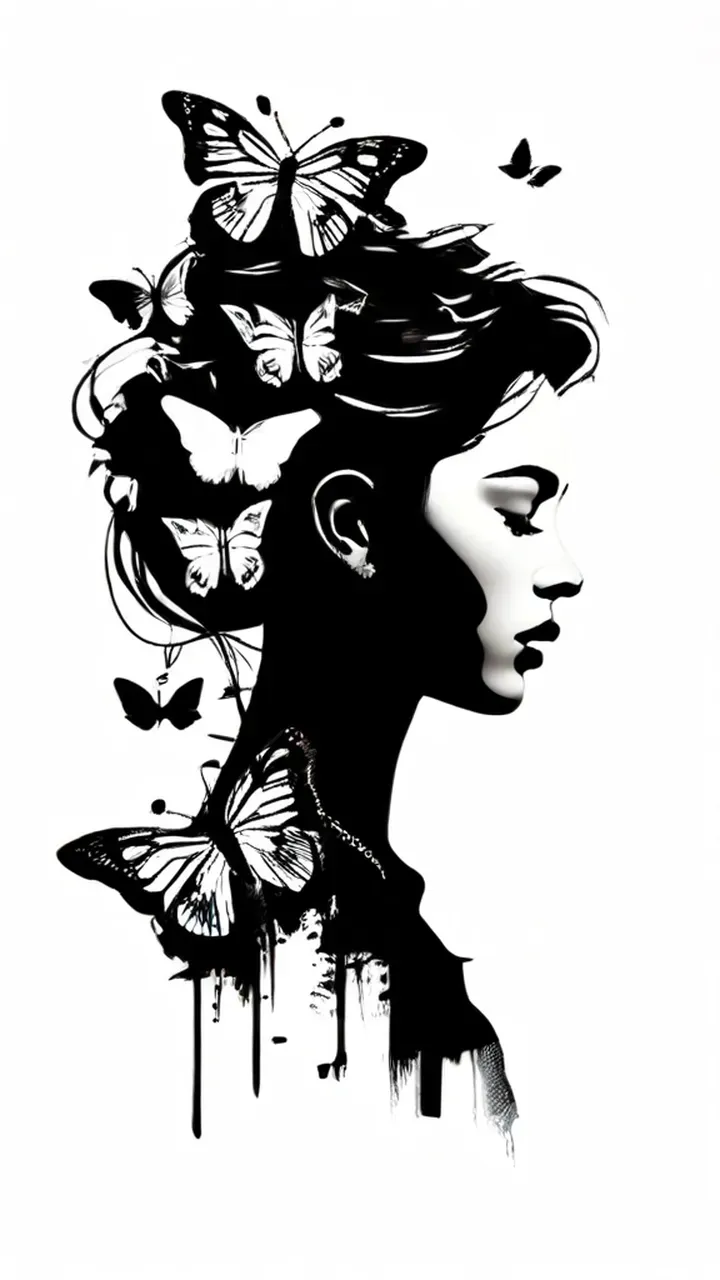
Finding the Right Butterfly Cut Variation for You
Considering Your Hair Texture and Density
Alright, so you're liking the sound of this butterfly cut hair style, but you're wondering if it'll actually work with *your* hair. That's smart. Not all hair is created equal, and what looks amazing on someone with thick, wavy hair might fall flat on someone with fine, straight strands. The good news is, the butterfly cut is surprisingly adaptable. If you have thicker hair, those layers will really pop, creating dramatic volume. Your stylist might use techniques to remove some weight, allowing the layers to move freely.
If your hair is on the finer side, don't despair! A skilled stylist can still give you a beautiful butterfly cut hair style. They'll likely keep the layers a bit longer and focus the volume around the face and crown without thinning out the ends too much. The key is strategic placement and not getting *too* aggressive with the layering. It's about creating the *illusion* of thickness and movement.
Tailoring the Layers to Your Face Shape
One of the coolest things about the butterfly cut hair style is how those face-framing layers can totally change your look. This isn't a one-size-fits-all deal. Got a rounder face? Layers that hit around the jawline and collarbone can help elongate it. If you have a squarer face, softer, wispier layers starting a bit lower can soften the angles. For oval faces, pretty much anything works – lucky you!
Think about where you want the volume and how you typically style your hair. Do you like pieces falling around your face, or do you prefer them swept back? Tell your stylist. They can customize the shortest layers to complement your features and work with your styling habits. It's like getting custom-fitted clothes, but for your head.
What's the biggest mistake people make when asking for this cut?
Talking to Your Stylist and Showing Examples
this is maybe the most crucial step. Don't just walk in and say, "Give me a butterfly cut." What you see on Instagram might be a specific variation that won't work for you, or the stylist might interpret it differently. Bring pictures! Lots of pictures. Show your stylist examples of butterfly cuts you love, but also point out what you like about them – is it the volume, the way the layers frame the face, the overall shape?
Be honest about your hair's history, how much time you spend styling, and your hair goals. A good stylist will look at your hair texture, density, and face shape and tell you what's realistic. They might suggest tweaks to the classic butterfly cut hair style to make it perfect for *you*. It's a collaboration, and communication is key to walking out feeling like you have wings, not weird flaps.
Getting the Perfect Butterfly Cut Hair Style at the Salon
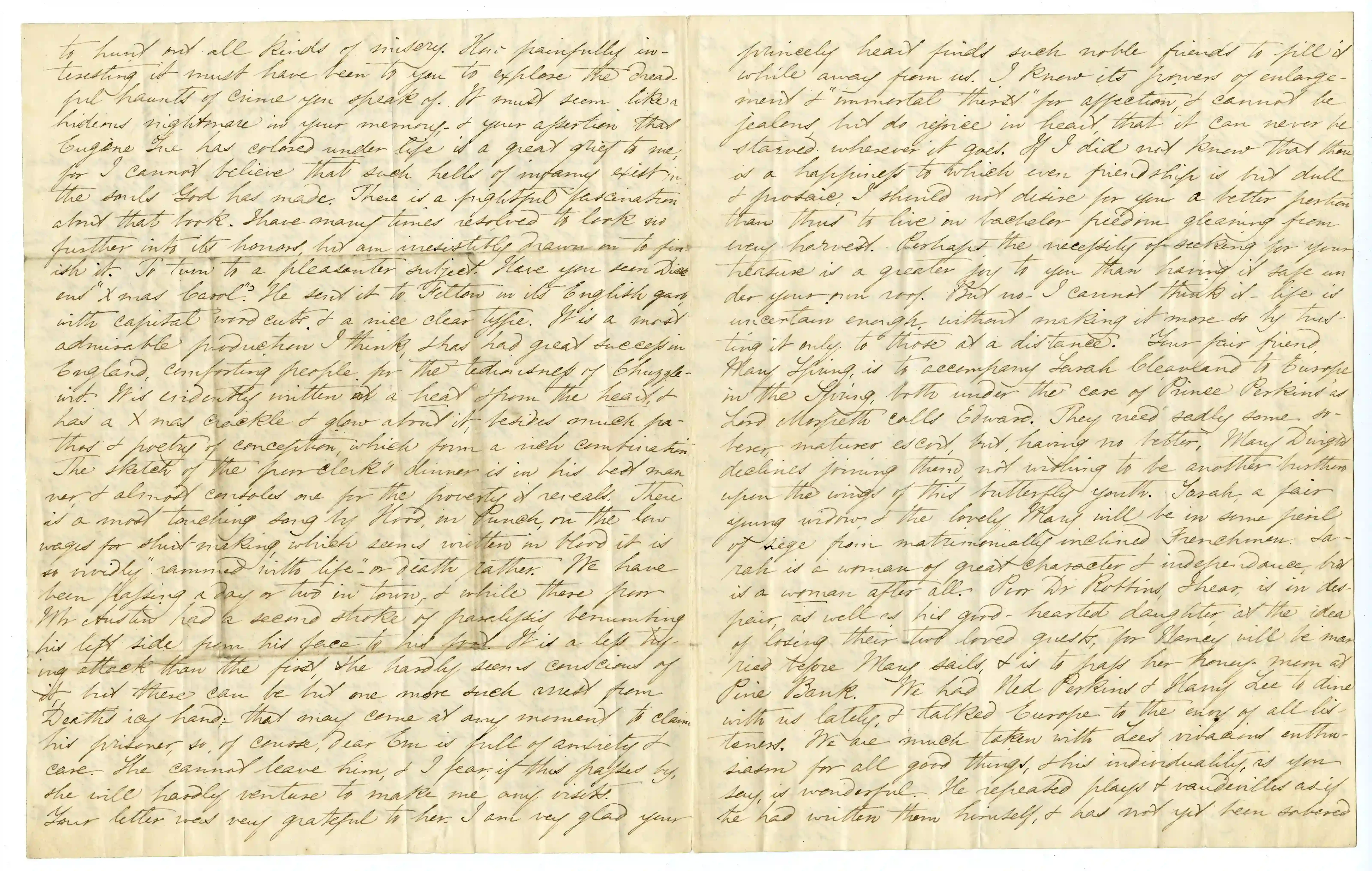
Getting the Perfect Butterfly Cut Hair Style at the Salon
Choosing Your Hair Alchemist Wisely
Alright, you've decided the butterfly cut hair style is for you. Great. Now comes the slightly terrifying part: finding someone you trust to actually put sharp objects near your head. This isn't the time to go to the cheapest place on the corner just because they have an open slot. Look for a stylist who understands modern layering techniques. Scroll through their Instagram, check reviews, and specifically look for photos of clients with cuts similar to what you're envisioning. Don't be shy about booking a consultation first. A good stylist will take the time to look at your hair, discuss your lifestyle, and explain exactly what they plan to do to achieve your butterfly cut hair style goals. If they seem hesitant, rush you, or don't ask questions about how you style your hair, politely back away and find someone else. Your hair deserves better than a wing-and-a-prayer approach.
The Cutting Floor: What to Expect
So you're in the chair, cape on, feeling slightly nervous. The stylist has sectioned your hair. Typically, they'll work on the front sections first, creating those crucial face-framing layers. They might use techniques like point cutting or slide cutting to ensure softness and movement, rather than blunt lines. This is where the "two haircuts in one" idea really comes into play – they are essentially creating a shorter, layered look around your face that will blend into the longer length. Don't freak out if the front pieces look much shorter than the back; that's the whole point of the butterfly cut hair style. They'll then blend these shorter layers into the longer hair, often by bringing sections from the back forward to meet the front guide layers. It requires precision and an understanding of how hair behaves, which is why finding that skilled alchemist is so important.
What should you absolutely tell your stylist before they start cutting?
Styling and Maintaining Your Butterfly Cut Hair Style
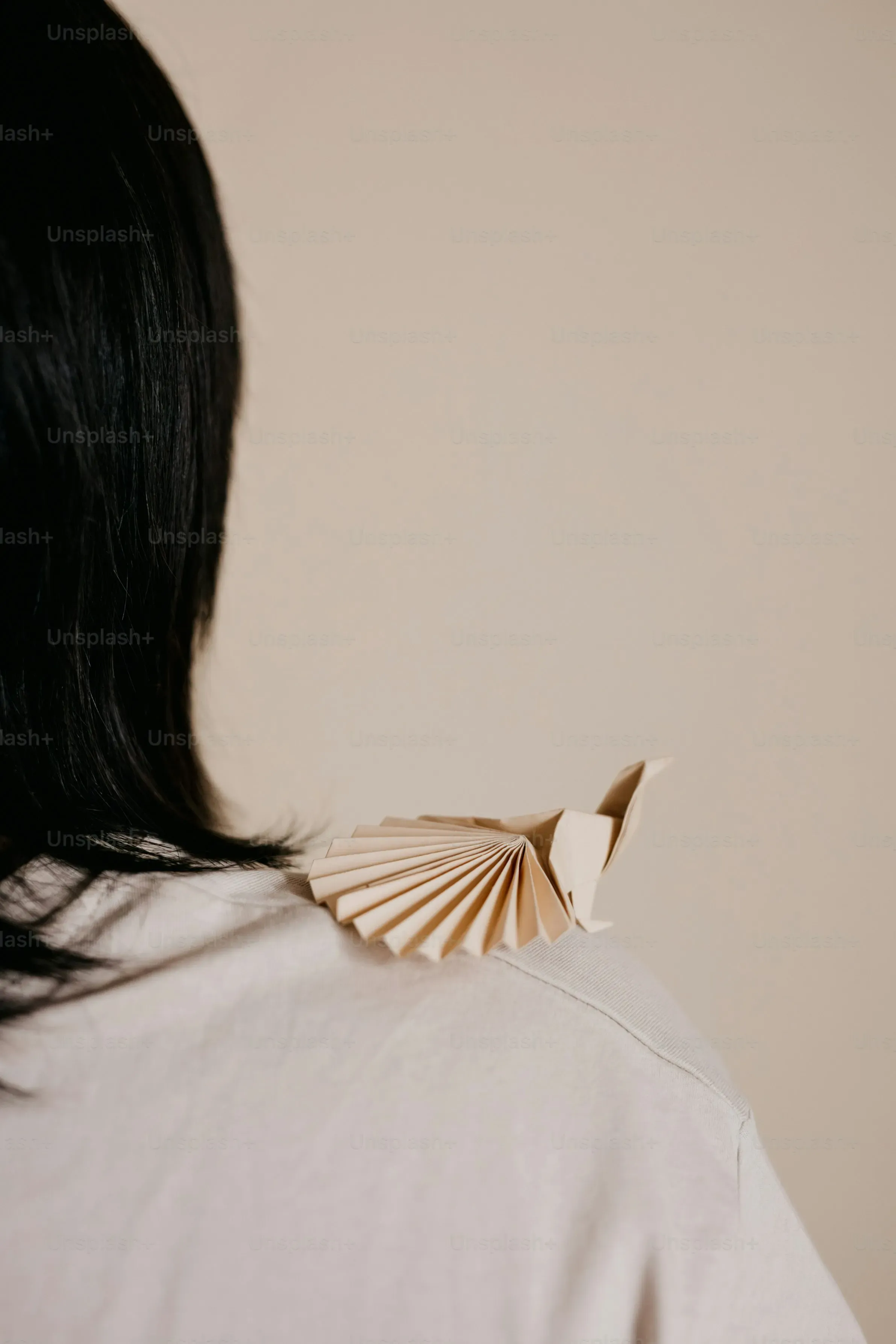
Styling and Maintaining Your Butterfly Cut Hair Style
Effortless Styling for That Fluttery Finish
you've got the cut. Now, how do you make that butterfly cut hair style actually *look* like the pictures? Good news: this cut is designed for movement, so it doesn't require hours of intricate styling. The easiest way to bring out those layers is with a round brush and a blow dryer. Focus on lifting the roots and beveling the ends of the layers, especially the face-framing pieces, away from your face. This enhances the "wing" effect. If you prefer air drying, scrunching in a little texturizing spray or mousse can help define the layers and add body, particularly if you have some natural wave.
Curling is another great option. Using a curling iron or wand on medium to large sections, curl the hair away from your face. The layers will naturally separate and create that voluminous, bouncy look. Don't overthink it; a slightly undone wave often looks best with this cut. The goal is effortless chic, not prom-night perfection. You can also pull the top half up, leaving the face-framing layers down – this really highlights the dual-length aspect of the butterfly cut hair style.
Keeping Your Wings Looking Fresh
A butterfly cut hair style isn't a set-it-and-forget-it deal, but the maintenance isn't overly demanding either. Regular trims are key to keeping those layers looking sharp and preventing split ends, which can make the ends look thin and stringy, totally defeating the purpose of the volume. Depending on your hair type and how quickly it grows, plan for a trim every 8-12 weeks. Your stylist will focus on reshaping the layers and cleaning up the ends without taking away too much length.
Using good quality shampoo and conditioner suited for your hair type helps maintain the health and shine, which is essential for the layers to look their best. Avoid heavy products that can weigh down the hair, especially on the shorter layers. A lightweight volume spray or dry shampoo can be your best friend for adding a little extra lift between washes. Think of maintenance as tending a garden; a little regular care keeps things blooming.
How often should you really get a trim with a butterfly cut?
Ready to Fly? Your Butterfly Cut Awaits
So, there you have it. The butterfly cut hair style isn't just internet hype; it's a genuinely adaptable layered look that can add serious volume and movement without sacrificing your length. We've walked through what makes this cut unique, how many ways it can be tweaked, what to tell your stylist so they don't butcher it, and how to make those layers sing with some simple styling. Whether you're aiming for subtle face-framing or full-on voluminous drama, the principles remain the same: strategic layers create that signature "flutter." It takes a bit of planning and communication with your hairdresser, but done right, you get that enviable, airy bounce. Now go forth and discuss this with your stylist – maybe bring pictures, just to be safe – and see if the butterfly cut is the next chapter for your hair.